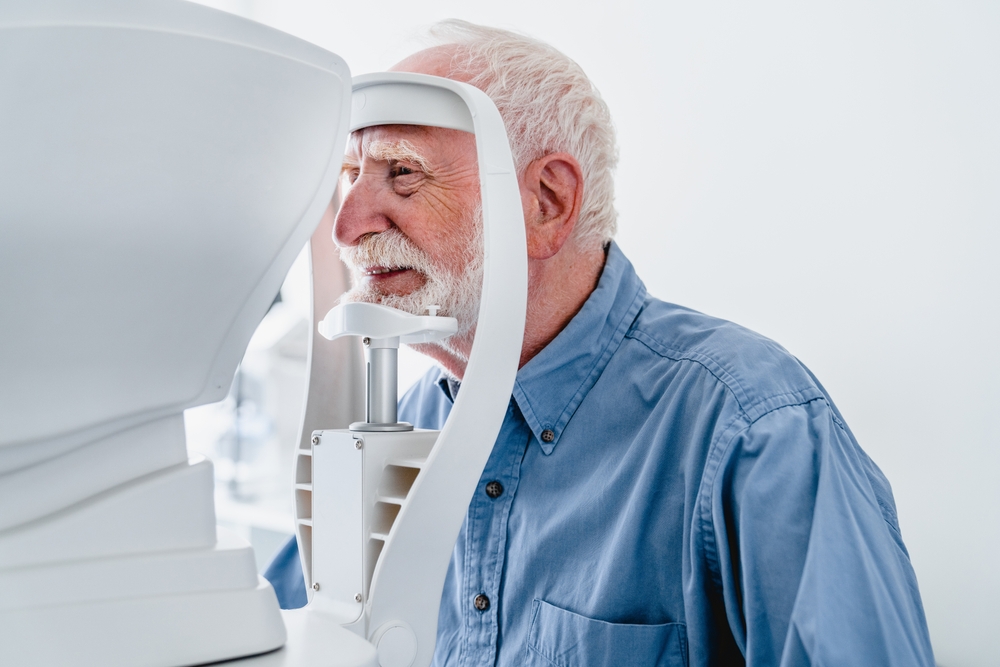
Glaucoma is a group of eye conditions that often lead to vision loss and, eventually, blindness. The condition has no cure but can be managed and its progression slowed down. However, the condition must be detected early, and treatment initiated for this to happen.
According to the World Health Organization, glaucoma is the second leading cause of blindness worldwide and the leading cause of irreversible blindness.
Glaucoma, What Is It?
This group of eye conditions affects the health and functionality of the optic nerve behind the retina, which is the nerve that connects the eye to the brain. Also, there is an outlet for the intraocular fluid at the back of the eye.
When this outlet is blocked, the pressure of the fluid builds up, leading to pressure within the eye. The buildup of pressure presses on the optic nerve and, when not alleviated, leads to nerve damage.
What Are the Different Types?
· Open-Angle or OAG
Affecting almost 90% of all Americans who have glaucoma, this is the most common form of glaucoma that impacts Caucasians. This form develops when the drainage canals of the eye build up resistance.
The drainage canals seem to be open and functioning normally, but the pressure in the eye builds up. This buildup in pressure can take months or years to become noticeable. Since it has no symptoms, this condition slowly damages the optic nerve until vision loss develops.
· Closed-Angle or CAG
Also known as narrow-angle glaucoma, CAG is a rare condition that usually occurs rapidly. It develops when the angle between the cornea and iris becomes too narrow. It may also develop when the pupil changes and dilates suddenly. This rapid change in pupil size causes the eye’s drainage canals to block.
The blockage prevents aqueous fluid from leaving the eye, leading to pressure buildup. The symptoms of this form are eye pain and headaches, and immediate medical attention is necessary to preserve vision.
· Normal-Tension
This condition develops even when the eye pressure is normal. Doctors do not know what causes and why it is so common. It affects 1 in 3 people, causes optic nerve damage, and primarily impacts people of Asian descent or Asian Americans.
What Are the Symptoms?
While this condition is fatal to vision, most forms do not have any early symptoms. Because of this, the condition most often leads to significant optic nerve damage before diagnosis. Vision changes usually happen gradually, which makes them easy to miss.
The remedy for this is to have regular eye exams so that the changes to the eye structure can be detected early enough by an eye doctor. People with CAG are more likely to notice changes in vision due to the acute onset of the condition. The most common symptoms of all types of glaucoma are:
· Eye pressure or pain.
· Rainbow-colored hallows around lights.
· Headaches.
· Low vision or blurry vision.
· Blind spots or tunnel vision.
· Red eyes.
· Nausea or vomiting.
For more on how glaucoma progresses unnoticed, visit Envision Specialty Eye Care & Dry Eye Center at our office in Meridian, Idaho. Call (208) 490-8823 to book an appointment today.
https://myvision.org/eye-conditions/glaucoma/
https://my.clevelandclinic.org/health/diseases/4212-glaucoma












